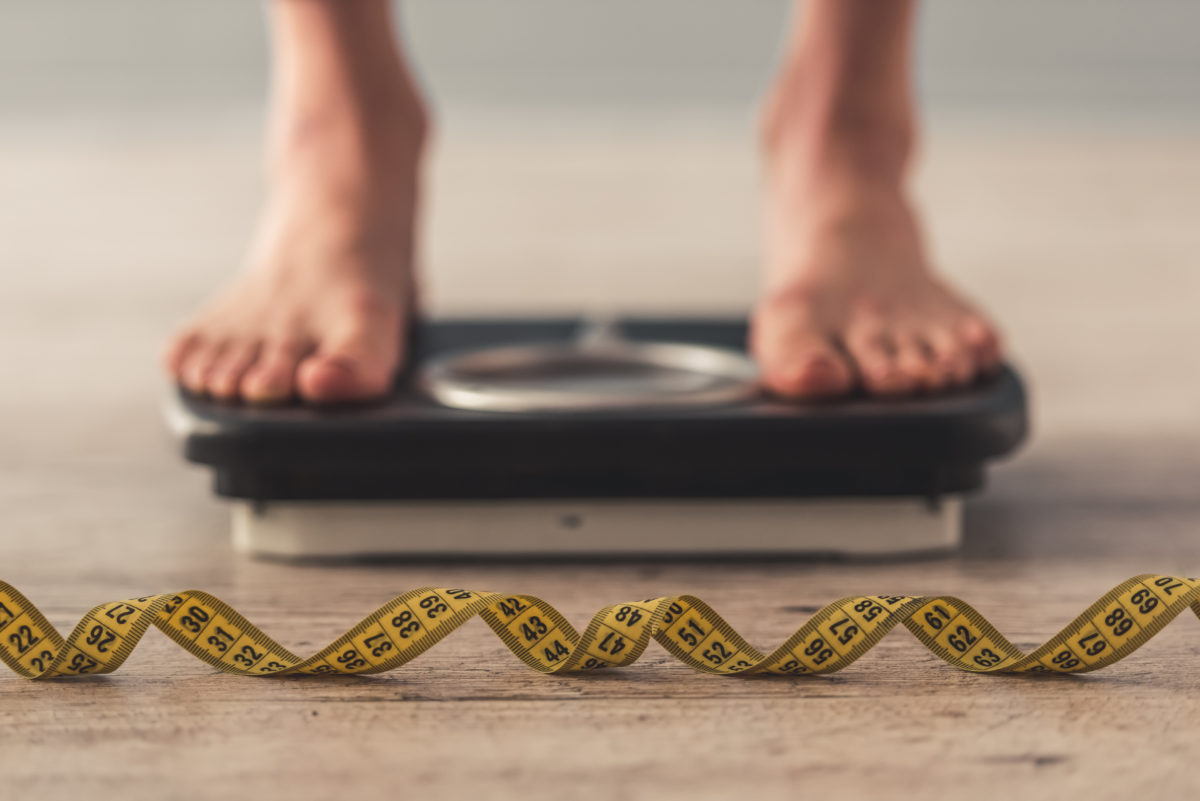FALLACY OF BATHROOM SCALE MEASUREMENT ALONE
By: Harry G. Preuss MD, MACN, CNS
Professor of Biochemistry, Medicine, Physiology, & Pathology
Georgetown University Medical Center, Washington D.C. 20057
I recall clearly how disappointed my volunteers involved in a “weight loss” trial some years ago became over the fact that readings from their bathroom scales were not changing appropriately in the anticipated direction1. These observations were no doubt real.
One thing an investigator knows is that the majority of subjects in a weight loss investigation follow their own progress via personal bathroom scale measurements. Therefore, I was also not all together pleased initially to say the least, when many subjects clearly articulated their frustration.
The Study
My research group had been working for a few months on this blinded, placebo-controlled study involving overweight African-American women. Our goal was to determine if a safe, natural dietary supplement could amplify weight loss over and beyond a planned regimen of diet and exercise. One half of the group received the supplement and the other one half, a placebo. Because the study was blinded, I had purposely avoided assessing any of the basic data until its completion. However, if the hypothesis was correct, supposedly, the subjects taking the supplement would experience a more noticeable scale weight loss.
Based on theoretical grounds, I had hoped that roughly one-half of the women would tell me at their scheduled check-ups how pleased they were with their results, which would suggest the supplement was working. So, the verbal reports from the women were truly discouraging. Although the primary outcome appeared negative, I still had reason for hope.
The Results
While there appeared to be little dramatic overall changes in the personal scale readings, several of the ladies had stated “— but my dress size is getting smaller.” The meaning of this could not be ascertained until the study was completed and the data could be assessed. As is our routine, we had not only measured scale weight, but also body composition. This proved most useful, because body fat mass was included. Even though both the active and placebo groups had lost virtually similar modest amounts of scale weight (approximately 3 pounds over two months), the group consuming the dietary supplement lost almost all weight as fat – a very important healthful finding. In contrast, the placebo group lost merely 40% as fat and even worse, 60% as muscle.
Only then did I truly appreciate the reason behind the dress size comments made earlier by some of the women. Essentially losing all weight as fat reduces girth (dress size) more greatly than significant loss of the more dense muscle in the placebo group. Three pound of weight loss over two months with more than half being muscle is ‘so-so”, but three pounds of nearly all fat loss makes some difference and is worth the effort involved.
It also strengthened in me the concept that the overweight/obese individual should lose fat, not muscle. How many reports from massive, peer-reviewed studies have examined only weight loss and not differentiated whether this change involved primarily fat or muscle? The lesson here is that the bathroom scale alone can be deceiving2.
A major goal is to “lose weight,” but not through muscle loss. To emphasize, simple caloric restriction without the addition of the dietary supplement in our study caused significant weight loss via muscle depletion.
To further clarify and strengthen the above concept concerning how scale weight can cause confusion, let me provide a simpler, theoretical example. Two overweight male patients are seen in a doctor’s office on the same day. The one who has lost four pounds since last visit receives beaucoup praise, while the other who has neither gained nor lost weight is chided. Suffice it to say, the second patient who on the scales loses no body weight had the more healthful outcome after a specialized dual-energy x-ray absorptiometry (DEXA) examination showed a two pound fat loss coinciding with a two pound muscle gain. In contrast, the first individual who lost four pounds on the scale did so from a two pound fat loss combined with a two pound muscle loss.
Worth reemphasizing, considering scale weight alone, most observers would favor the individual with the four pound scale weight diminution. Since not everyone can routinely undergo a DEXA examination, it follows that instead of gauging scale weight alone, additionally measuring belt-, pants-, and/or dress-sizes can provide still better estimates of the desired outcome, i.e., whether much of the weight loss is due to fat rather than muscle loss.
Conclusion
Preventing muscle loss is so important! It helps to keep ongoing fat mass somewhat in check by retaining a calorie burner in the form of muscle. In addition, preventing sarcopenia (excess muscle loss), often present in the elderly, may allow them to retain their independent active life much longer. From this experience, I always advise those undergoing caloric restriction in order to lose weight to include trivalent chromium in the regimen (the supplement used above).

To read Dr. Harry Preuss’ biography, awards & achievements, click here!
- Crawford V, Scheckenbach R, Preuss HG: Effects of niacin-bound chromium supplementation on body composition of overweight African-American women. Diabetes, Obesity, and Metabolism 1:331-337, 1999.
- Nugent SD, Kaats GR, Preuss HG: Discordance between body mass index (BMI)and novel body composition change index (BCCI) as outcome measures in weight change intervention. J Amer Coll Nutr 37:336-341, 2018






